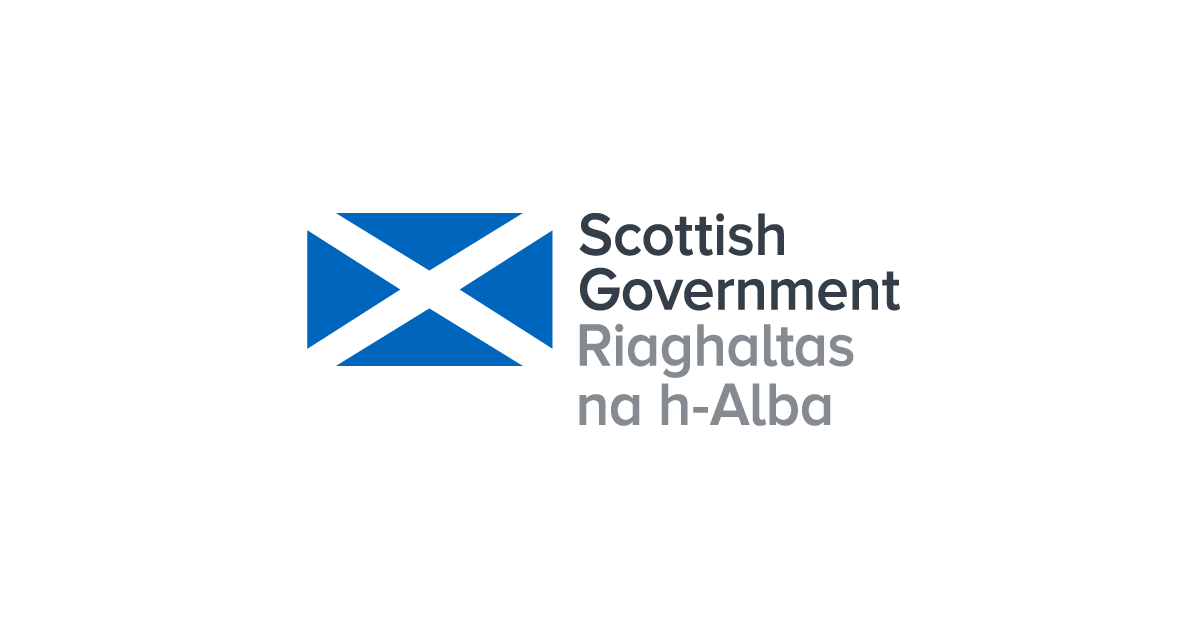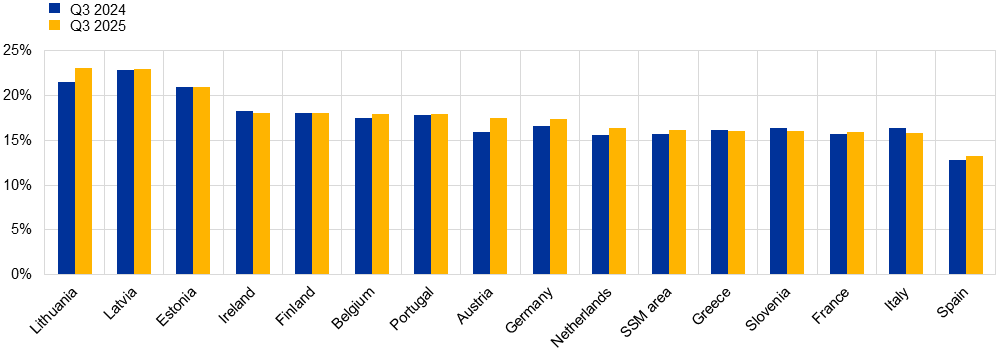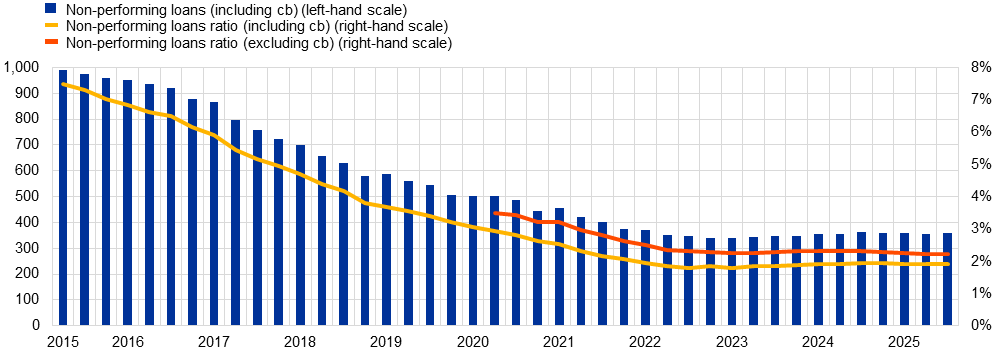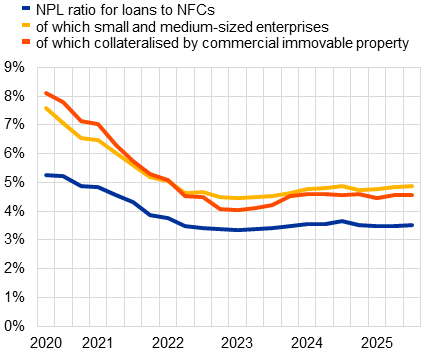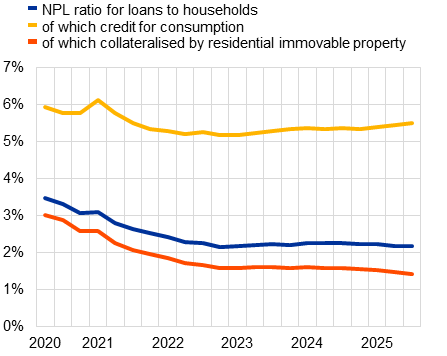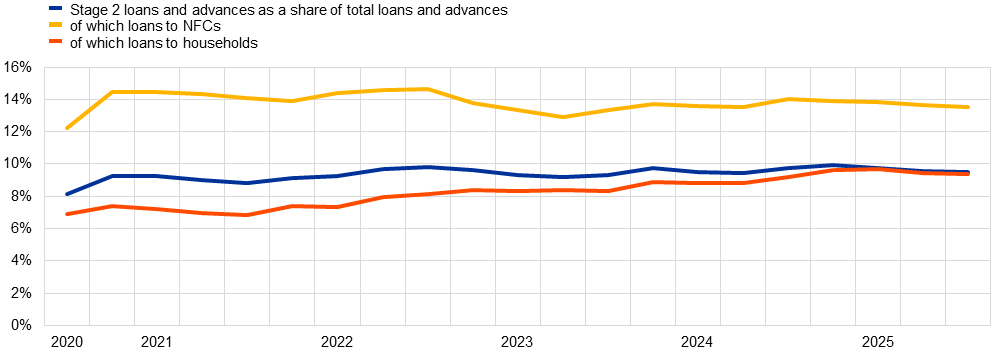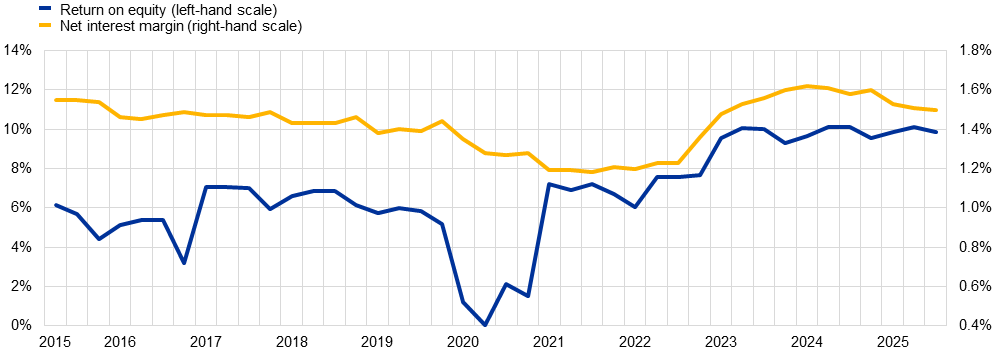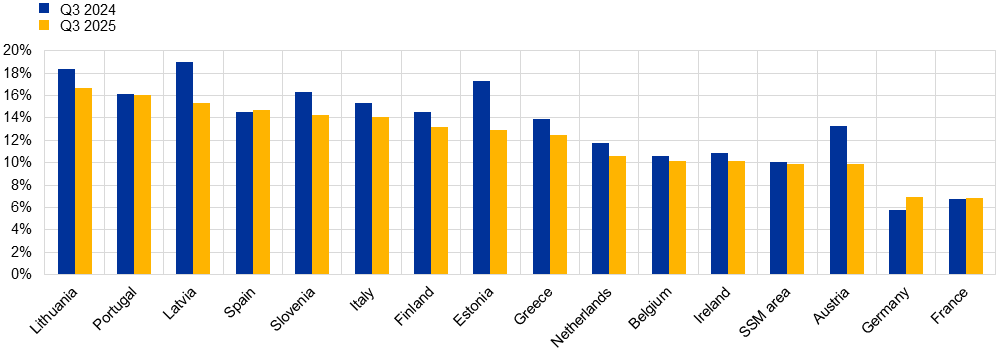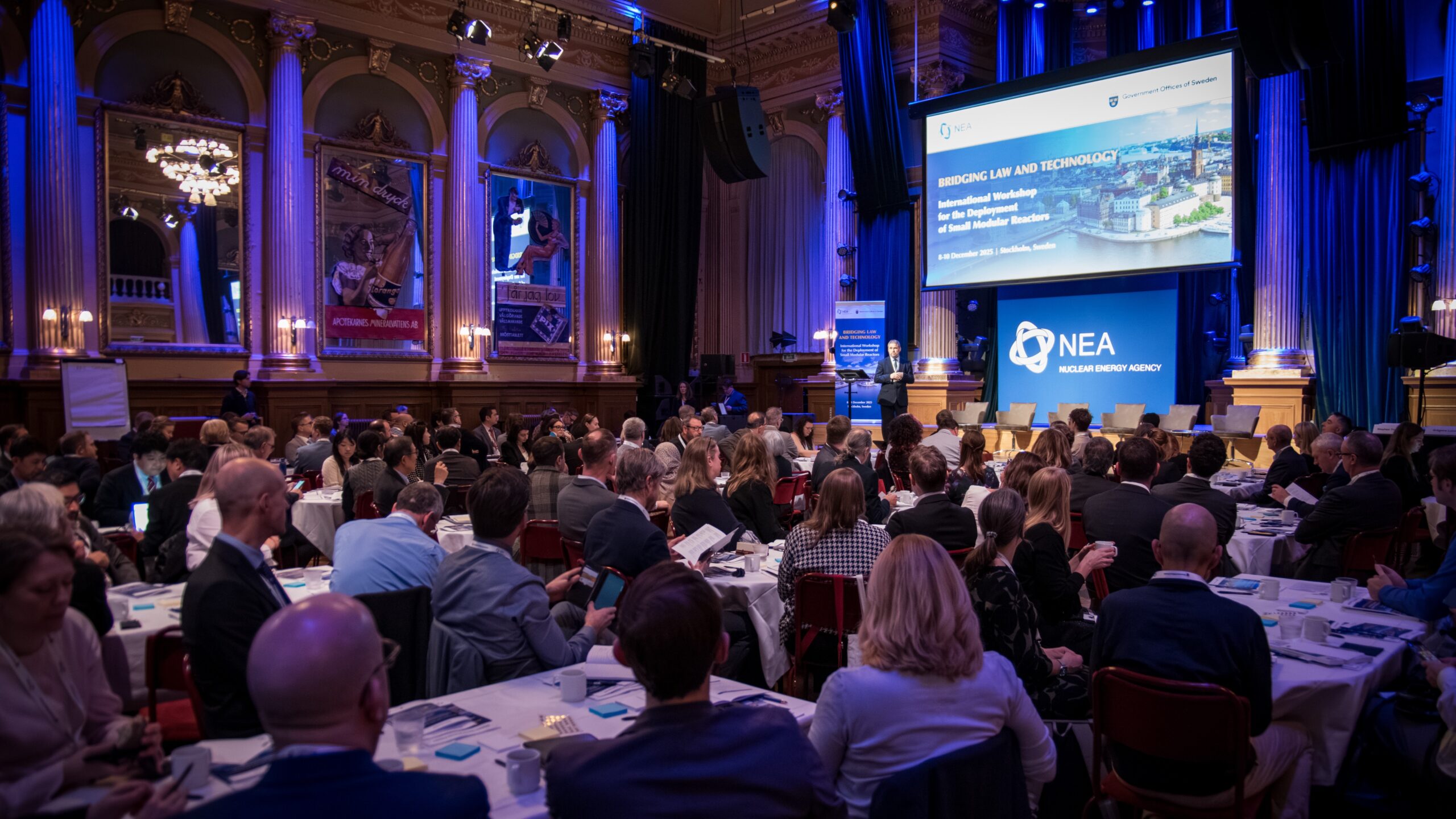Peter, 72 – retired
At 72, I’m enjoying new ways to stay connected with my family. Thanks to the council’s free tech support sessions, I’ve learnt how to videocall my grandson. I also go along and watch my grandson play for his junior football team on Saturday mornings at Farley Wood. These pitches are looked after by the council with free parking and facilities on site.
Swimming has always been my favourite way to stay active. I enjoy the senior sessions at Bracknell Leisure Centre, which make it easy and fun to keep moving. I like living in an area that’s got lots of sporting and leisure facilities – it helps me to keep fit, healthy and connected.
Taylor, 19 – carer
My grandad, who brought me up, was diagnosed with dementia last year and has severe arthritis, so I spend lots of time caring for him.
The adult social care team helped us by installing a sensor-linked alarm at home. I’m grateful for Forestcare’s 24/7 telecare service, which monitors the alarm while I work night shifts. I’m also speaking to the council’s community mental health team about what support might be available for both me and my grandad, including short breaks and emotional and financial help.
Throughout the week, we attend dementia groups that are supported by the council. My grandad loves the knit and natter sessions and I appreciate the carers’ meetups. It makes such a difference having a community that understands my situation.
Martinez family
Our family moved to Bracknell Forest from London a few years ago. We needed help from the school admissions team to change our daughter Tia’s primary school. Nearly 3 years later, she’s now moving into Year 7! The council’s online school admissions system made applying for secondary schools simple, and their ‘guide to secondary education’ was a big help.
We moved from London to be closer to green space, but we didn’t want to give up being close to amenities. We’re so spoilt for trees and greenery compared to where we used to live but also have great shops and restaurants on our doorstep. We’re also pleased Tia can safely see her friends after school and can take part in lots of other activities like swimming and gymnastics.
Sofia, 35 – part-time teaching assistant
2025 has been a whirlwind of a year for my family. In March, I was made redundant, which was tough – I had no idea how to find a new job. Fortunately, my friend told me about a job club run by the council at the Open Learning Centre. They helped me improve my CV and interview technique. Thanks to their support, I got a part-time job as a teaching assistant. I love my job and have since enrolled on the council’s ‘working in schools’ course to improve my skills.
I needed some childcare for my little boy, Ethan, while I was at work. I used the council’s family information service to work out what childcare funding I was entitled to and find a pre-school, which Ethan loves! Ethan has special educational needs, so I also use the council’s additional needs info hub for information and advice.
Minah, 23 – trainee doctor
I’m studying to be an NHS doctor. Every day, I walk to Bracknell station and take the train to my placement at the Royal Berkshire Hospital. I’m glad the council keeps the streets clean and makes sure that the underpasses are brightly lit – it makes my walk more pleasant, especially at night.
My mum recently moved to Bracknell, and I’ve been showing her around. She particularly likes The Lexicon, Bracknell Library, the Open Learning Centre, and The Look Out. As English is her second language, she attends the ESOL programme (English for speakers of other languages) run by the adult and community learning service. These classes have boosted her confidence to the point that she now needs far less support from translators. She’s also attended some of the World Café events at the council’s Time Square office – this is all helping her become part of the local community, find friends and find work.
Adrian, 41 – delivery driver
I’ve lived in Bracknell Forest all my life – Sandhurst born and raised. I work as a delivery driver, so it’s good to see the council is spending money on maintaining roads. About 9 months ago, I was on a delivery route when I saw some blocked drains. I immediately reported the incident through the council’s website, which was easy to use.
My partner and I are currently having a single-storey extension built. We got planning permission but didn’t know we needed building regulation approval too. The council’s building control team made the process simple. They came out promptly and made sure everything was safe.
Alex, 20 – full time student living with housemates
As a full-time student I don’t have to pay council tax, which is one less bill to worry about while I study. I live in a shared house with 5 other people, so technically house of multiple occupation (HMO). As I live in an HMO, the council’s licensing team makes sure my home is safe and adequately managed by my landlord. This gives me peace of mind. The licensing team’s work also means I have a safe taxi to go home in once I’ve finished up at my favourite pubs – these are all monitored by the council’s licensing and trading standards teams.
When I’m not studying, I like to visit the gym at Bracknell Leisure Centre, it’s clean, tidy and well-equipped. When my dad comes to visit, we often play a round or two at Downshire Golf Complex – it’s reasonably priced, which is good considering limited student funds!
Chloe, 29 – single mum to Emily age 3
As a single parent on a low income, I qualify for a Council Tax reduction. This helps me stretch my budget further to cover essentials like food and bills. When I fell in to rent arrears last year, the housing team was able to provide expert advice and support so Emily and I could carry on living in our home.
I get 30 hours a week free childcare administered by the council, which means I can work part-time without having to pay huge childminder fees. Emily’s childminder regularly attends training by the council’s early years team – this gives me extra reassurance.
Patel family, Amit, 45, Priya, 43, Maya, 13 and Rohan 7
As a family, we use many council services without even thinking about it. For example, when our children started school, it was the council’s school admissions team that made sure it was a smooth process and we had all the information we needed. Likewise, as Maya rides her bike to school – it’s the council that provide and maintain the good network of cycle lanes to ensure she gets there safely.
Recently, we’ve been on a health kick, and it was the council’s smoke free services that helped Amit to quit. As a family, we’ve been taking part in the council’s walks for wellbeing to get our steps up and enjoy the scenery – so good for our mental and physical health. Rohan also enjoys the local parks and playgrounds, and we’ve spent many happy weekends at The Look Out, Coral Reef and South Hill Park – having fun and learning at the same time.
We also enjoy all the family friendly events in the town centre that the council provides for free – it helps keep the cost of entertaining the children down.
Reuben, 34 – single with a disability that impacts mobility
The council issued my blue badge, which allows me to park closer to shops, medical facilities, and other public places. They also support community transport services, which provide accessible transport for people with mobility issues.
I live in an accessible home, which was adapted with help from the council’s Disabled Facilities Grant (DFG). They helped fund my ramp, wider doorways, and a stairlift, making my home safer and easier to navigate.
Taking the bins out can be difficult, so I signed up for assisted bin collections. The council’s team collects my waste and recycling directly from my doorstep, making this everyday task much more manageable.
Many of Bracknell Forest’s parks, pathways, and public spaces are designed to be accessible. The council’s adult social care services provide carers and personal support for people with disabilities. They also run wellbeing programmes and disability support groups that help me stay connected with the community. Thanks to these council services, I can live independently, stay active, and remain part of the community.
Carly 44 and Sara 47
After 20 years of being together, Carly finally popped the question last year and we said I do in April! We knew there’d be lots to organise, and it would be a stressful (as well as happy) time, so we were grateful for the advice and guidance of the council’s registrars.
From giving our notice to marrying us at the registry office in South Hill Park, the whole thing was easy and professional. We’re expecting a little girl in March, so we’ll be using the team to register our daughter’s birth, and we are also thinking of planning a naming ceremony through them.
Lisa, 56, and Cameron, 58 – children have left home
We’ve benefitted a lot from council services over the years, especially when the children were at home – we used the education, library, early years, leisure and countryside services regularly.
Climate change is also important to us – we want to make sure our children have a better world to live their adult lives in. We make good use of the food waste and blue bin recycling schemes and regularly use the local electric vehicle charging points installed by the council. If we have any extra recycling or garden waste, we book a slot at the Longshot Lane waste and recycling centre – it’s simple and hassle free and there are always plenty of slots.
Margaret, 83 – retired
My older person’s bus pass is a lifeline, and it was so easy to apply for through the council’s website. I can use it to travel for free to the shops, doctors and to see friends.
As I live alone, I get a reduction in my Council Tax, easing the pressure of the cost of living. I love reading and the library service has been great at providing me with large print and audio books. I’ve also joined a scrabble group and craft group at my local library for free, which has helped keep my mind active as well as make new friends.
I’m not as steady as I used to be and so I needed a few adaptations to my home like grabrails – the council’s social care team sorted this out for me, so I can continue to live in my own home safely and independently.




